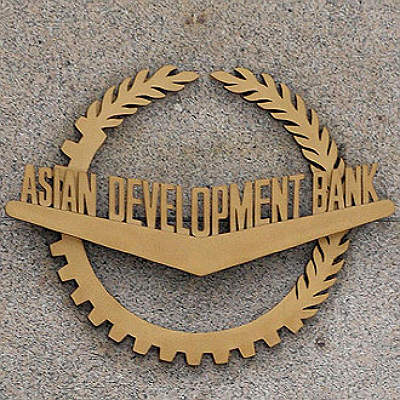President Nakao seeks to build a stronger ADB

The Asian Development Bank will become stronger, better and faster as it scales up its operations to eliminate poverty and promote sustainable development in Asia and the Pacific, ADB President Takehiko Nakao said in his opening address to the 48th Annual Meeting of the ADB Board of Governors on May 4.
“This starts with our stronger lending capacity,” Nakao said, referring to the recently approved merger of ADB’s Asian Development Fund lending operations with its ordinary capital resources (which lends to middle-income countries at quasi market-rates) balance sheet. The initiative will increase ADB’s annual operations to as much as $20 billion, or 50% above the current level. “The stronger lending capacity offers an opportunity, but we must use it well. We are already actively working with our client countries to identify new projects and programs for our finance.”
Nakao said that ADB must be better. “We should provide better knowledge services and innovative solutions to our client countries,” he said. To achieve this goal, ADB is strengthening its sector and thematic expertise and adopting a ‘One ADB’ approach to share knowledge and expertise across the bank.
ADB also needs to be faster, without compromising project quality and standards for safeguards and procurement. Nakao said that through recent internal reforms the bank has halved the internal processing time for procurement contracts.
Nakao further noted that ADB approved nearly $14 billion in loans, grants and equity investments in 2014. With cofinancing of over $9 billion, total financial assistance reached a record high of $23 billion.
He noted that through vigorous efforts to improve project implementation, ADB’s disbursements in 2014 had exceeded $10 billion, which is 17% higher than the previous year. Given the region’s large financing needs, Nakao said that ADB may ask for further support for a capital increase in the future.
The expanded financial capacity will allow ADB to increase its support for sustainable development in the region. With the post-2015 development agenda’s Sustainable Development Goals and a global pact against climate change expected to be ratified this year, Nakao said ADB will scale up support for sustainable infrastructure, education and health, and climate change action.
In infrastructure, ADB will focus on cross-border connectivity to promote trade, create jobs and increase incomes regionally; using public-private partnerships more effectively; ensuring the operational sustainability of infrastructure projects; and applying the highest standards for safeguard policies to protect people and the environment.
Assistance to education and health will double in line with ADB’s Midterm Review of Strategy 2020. ADB will expand its support for quality education with an emphasis on higher education and vocational training. Health assistance will be focused on improving the delivery and efficiency of health services and systems, including promotion of universal health coverage.
To help combat climate change, ADB will strengthen support for energy efficiency and renewable energy, sustainable transport, climate change resilience, and disaster risk management. This includes expanding the use of private equity funds in solar, wind and other renewable energy projects, and working closely with multilateral funds such as the Climate Investment Funds. “I am proud that ADB is the first among Multilateral Development Banks to be accredited by the Green Climate Fund,” Nakao said.
As Asia’s rapidly urbanizes, ADB is also assisting climate change efforts by supporting mass public transportation, energy efficient buildings, and waste management in cities. Nakao said ADB undertakes rigorous vulnerability assessments for projects, as relatively small upfront investments based on such assessments can save lives and avoid large scale infrastructure rehabilitation costs later.
Speaking more broadly on the region’s development challenges, Nakao said that 544 million Asian people live on less than $1.25 a day. However, according to a new measure developed by ADB last year, about 1.4 billion Asian people are still poor—about 40% of the region’s total population.
“Such high poverty is unacceptable,” he said. “Poverty must be defeated decisively, and soon.”
Nakao committed ADB to consulting closely with shareholders and stakeholders on its ongoing transformation, its plan to scale-up operations, and development of a new strategy beyond 2020, the Bank reported.
ADB, based in Manila, is dedicated to reducing poverty in Asia and the Pacific through inclusive economic growth, environmentally sustainable growth, and regional integration. Established in 1966, it is owned by 67 members – 48 from the region. In 2014, ADB assistance totaled $22.9 billion, including cofinancing of $9.2 billion.
---
Follow us on Twitter @AzerNewsAz
